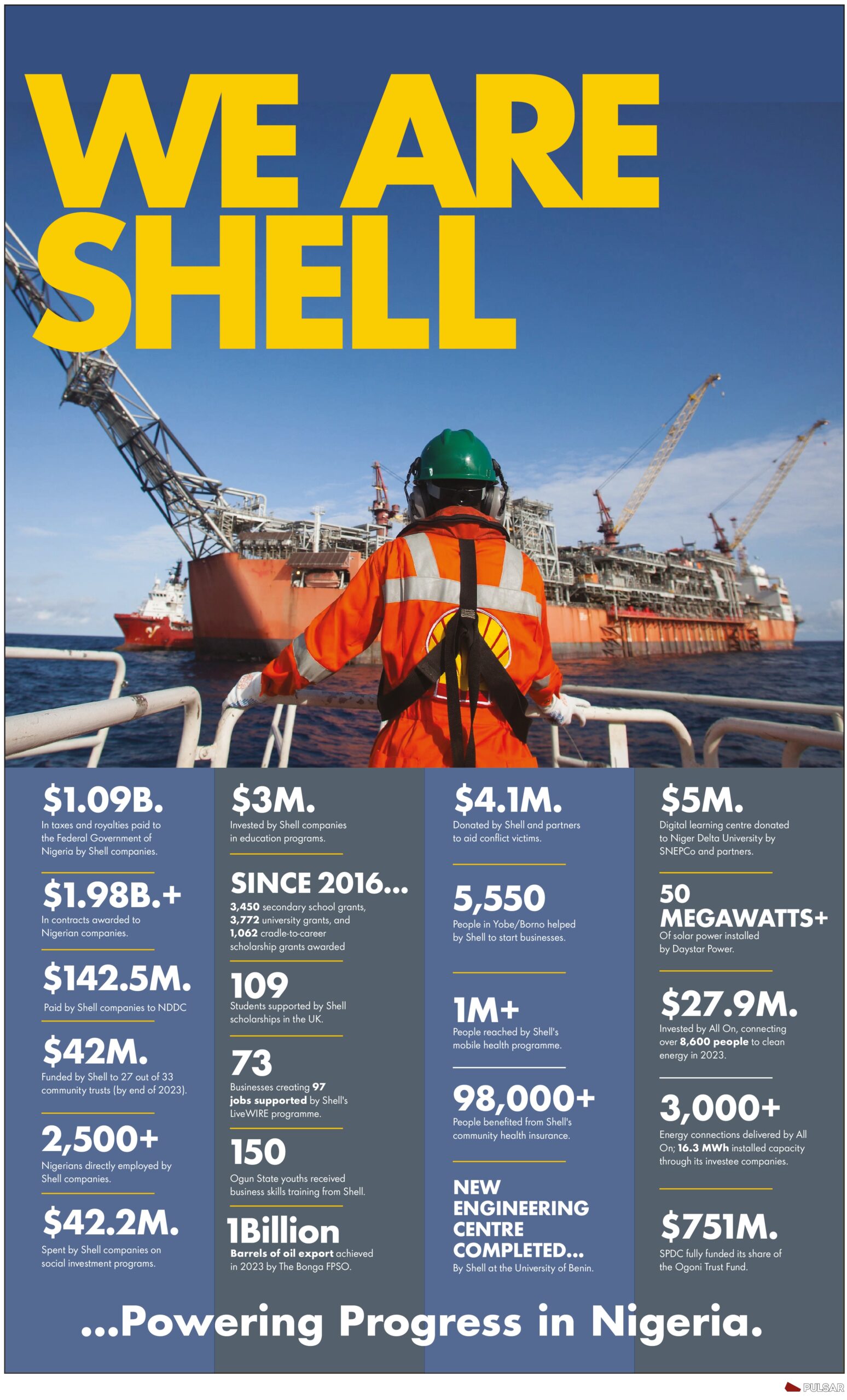Olusola Bello
Ahead of the OPEC+ scheduled meeting for Thursday, the organization says that the overall conditions in the oil market have significantly improved in recent months. The group was optimistic as this week’s meetings began, with a decision on whether they will ease the production cuts further expected on July 1
According to Mohammad Barkindo , OPEC Secretary-General who spoke at the meeting of the Joint Technical Committee (JTC) on Tuesday, he said, the overall brighter picture in relation to the pandemic recovery efforts has led to significantly improved oil market conditions and prospects for future growth,”
The group was optimistic as this week’s meetings began, with a decision on whether they will ease the production cuts further expected on July 1.
The JTC meeting, which precedes the Joint Ministerial Monitoring Committee (JMMC) scheduled for Wednesday and the OPEC+ ministerial meeting on Thursday, discussed the latest oil market developments and the future prospects of economic and oil demand growth.
“A combination of improving market indicators and the ongoing commitment of DoC countries to restore stability to the global oil market suggests that we are on the right path to recovery from the #COVID19 pandemic, despite lingering uncertainties,” Barkindo said at the JTC meeting today.
Commercial oil stocks in OECD countries have already fallen below the 2015-2019 average, as per preliminary May 2021 data, and were 275 million barrels lower than at this time last year, Barkindo told the meeting, as quoted by Amena Bakr, Deputy Bureau Chief and Chief Opec Correspondent at Energy Intelligence.
According to Oilprice.com, the OPEC+ alliance is “pleased to see the steady reduction in inventories that were alarmingly nearly at tank tops last year at the height of the pandemic,” Barkindo also noted.
Analysts largely expect the group to decide on Thursday to further ease the cuts as of August 1.
“Given the strength in the market, and concerns over tightness it is largely expected that OPEC+ will increase supply, and our expectation is that the group will agree on a 500Mbbls/d increase for August. Anything less than this amount would likely be enough to see bulls push the market higher in the near term,” ING strategists Warren Patterson and Wenyu Yao said on Monday.
After demand dropped when the coronavirus pandemic broke out last year and crude prices briefly turned negative, the club led by Saudi Arabia and Russia imposed sharp production cuts in order to raise prices.
The 13 members of OPEC and their 10 allies in the OPEC+ grouping were rewarded by seeing prices for the two contracts of reference, Brent and WTI, recover to around $75 per barrel, levels not seen since October 2018.
However that strategy has worked almost too well and the group is currently following a policy of cautiously turning the taps back on.
While on the face of it buoyant prices are a boon for producers — and some of them will be pushing to increase output to cash in — there are also risks.
Russia is expected to favour increasing output, as it has done at several recent OPEC+ meetings.
Moscow “may be more inclined to support a production increase in order to ensure a higher market share while limiting the risk of rising non-OPEC production,” according to Ole Hansen from Saxobank.
“Pressure will likely not only come from within the group, but there will also be growing calls from key consumers to cool the market down, as countries come out of the other side of Covid-19 lockdowns,” says Warren Patterson of ING bank.
India is a notable example. The world’s third-largest consumer of crude has been hit by a vicious coronavirus wave in recent months and has urged OPEC+ “to phase out crude output cuts to temper rising inflationary pressures”, noted Stephen Brennock from PVM.
“If prices remain this high, this will eat into consumers’ disposable incomes and potentially choke economic growth, which, over time, will weigh on crude prices,” explained Fawad Razaqzada of Thinkmarkets.
The OPEC+ states have left themselves soom room for manoeuvre as they are currently still planning to leave 5.8 million barrels per day (bpd) of crude in the ground over the month of July that they could easily extract and sell.
Most investors are currently expecting a modest rise of some 500,000 bpd over the month of August.
But OPEC+ always has the capacity to surprise.
The outlook for crude demand has been steadily improving in recent months.
In its last report in mid-June, the International Energy Agency (IEA) forecast that global demand would outstrip pre-pandemic levels by the end of 2022.
Jeffrey Halley of Oanda noted that demand will be boosted as “Americans embrace a travel intensive summer” on cars, planes, and cruises, as well as due to the fact that “the global vaccination rollout is improving”.
As ever in recent months, the cartel will have to pay attention to diplomatic developments relating to one of its members in particular — Iran.
If current negotiations on a US return to the 2015 Iran nuclear deal are successful, the country may be able to resume exporting oil at levels prior to 2018, when former US President Donald Trump dramatically withdrew from the deal and imposed sanctions.
However, this would be unlikely to affect the market until later in the year and there are plenty of other factors at play.
The spread of the highly contagious Delta variant of the coronavirus has led to fresh restrictions being imposed in Australia, South Africa and Thailand.
Since December the OPEC+ countries have been meeting every month in order to calibrate their strategy as closely as possible to the latest developments.

